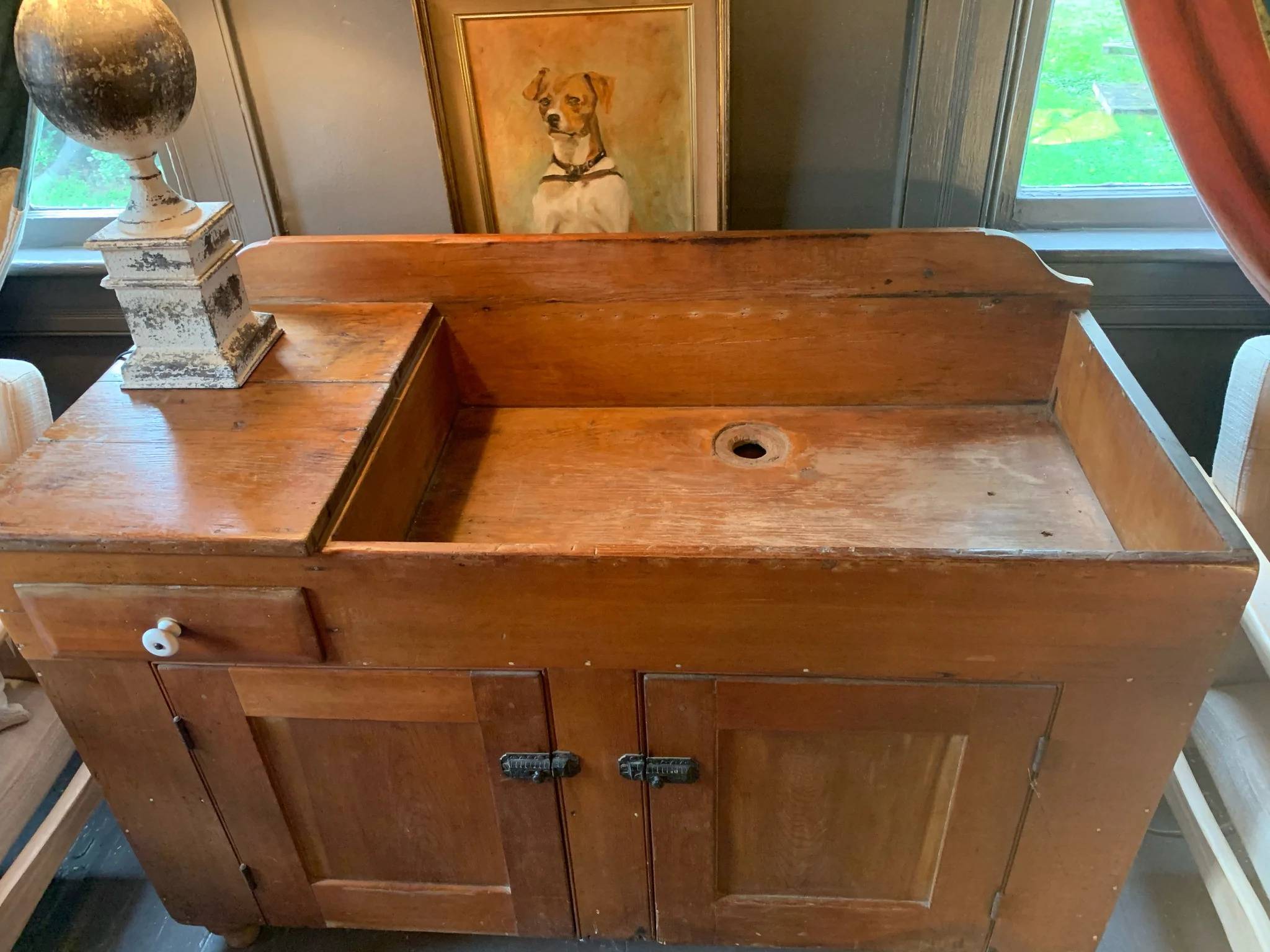

Articles
What Is A Dry Sink Used For
Modified: August 28, 2024
Discover the many practical uses of a dry sink in this informative article. From storing kitchen utensils to displaying decorative items, learn how a dry sink can add both style and functionality to your home.
(Many of the links in this article redirect to a specific reviewed product. Your purchase of these products through affiliate links helps to generate commission for Storables.com, at no extra cost. Learn more)
Introduction
A dry sink is a versatile piece of furniture that has been used for centuries. While its name might suggest that it is simply a sink without water, a dry sink is much more than that. It is a functional and decorative piece that can serve various purposes in different settings. In this article, we will explore the definition, historical background, traditional and modern uses, as well as the benefits and types of dry sinks. Whether you are looking to add a rustic touch to your farmhouse-style kitchen or seeking a unique storage solution for your bathroom, a dry sink might be just what you need.
Key Takeaways:
- Dry sinks, originally used for washing and cleaning in the absence of indoor plumbing, have evolved into versatile furniture pieces with modern uses such as decorative accents, storage solutions, and unique bathroom vanities, adding charm and functionality to contemporary spaces.
- Whether antique, farmhouse, modern, or custom-designed, dry sinks offer a blend of aesthetics, history, and functionality. Their unique designs, storage options, and sustainable nature make them a valuable addition to any home, providing both decorative appeal and practicality.
Read more: What Is A Service Sink Used For
Definition of a Dry Sink
A dry sink, also known as a washstand or wash table, is a piece of furniture that resembles a kitchen or bathroom sink but does not have plumbing or running water. It typically consists of a top surface, often made of wood or stone, with a basin-like depression or opening in the center. Surrounding the basin is usually a lip or border to prevent water from spilling over.
The purpose of a dry sink is to simulate the functionality of a traditional sink without the need for plumbing. In the past, when indoor plumbing was not common, dry sinks served as a convenient alternative for performing washing and cleaning tasks. They were primarily used for washing hands, face, and dishes, as well as for other minor cleaning tasks.
Today, dry sinks are mainly used for decorative purposes, adding a touch of nostalgia and vintage charm to homes. They can be found in various styles, sizes, and materials, ranging from antique or vintage pieces to modern interpretations. While they may not serve their original function in most cases, dry sinks have evolved into versatile furniture pieces that offer both practicality and aesthetics.
Historical Background
The origins of the dry sink can be traced back to the 18th century when plumbing was not readily available in most households. At that time, people relied on alternative methods for carrying out their washing and cleaning chores. One of the solutions was the use of dry sinks.
Dry sinks first appeared in rural areas and farming communities where access to running water was limited. They were commonly made from locally sourced materials such as wood, stone, or even metal. Their design and construction were simple yet practical, featuring a flat top surface and a basin-shaped depression in the center.
During this time, dry sinks were primarily used for personal hygiene purposes. People would fill the basin with water from an external source, such as a well or a bucket, and use it for washing their hands, face, or even small articles of clothing. The water would then be disposed of manually.
As plumbing systems became more widespread in the 19th and 20th centuries, the need for dry sinks diminished. Indoor plumbing allowed for the installation of sinks with running water, making traditional dry sinks less essential. However, their nostalgic charm and rustic aesthetic made them sought-after as decorative pieces.
Today, dry sinks are often seen in historical homes, antique shops, and even modern interiors that aim to evoke a sense of nostalgia. They serve as reminders of a time when everyday tasks required more effort and resourcefulness. The craftsmanship and detailing of vintage dry sinks also make them highly valued by collectors and enthusiasts.
While dry sinks may have lost their original functionality, they continue to hold a special place in history and interior design, showcasing the ingenuity of past generations and adding character to contemporary spaces.
Traditional Uses of a Dry Sink
Before the advent of modern plumbing, dry sinks were essential fixtures in households for performing various tasks. Here are some of the traditional uses of a dry sink:
- Hand and Face Washing: One of the primary uses of a dry sink was for hand and face washing. It provided a convenient and hygienic space for individuals to clean themselves.
- Dishwashing: In the absence of a proper kitchen sink, dry sinks were often used for washing dishes. They provided a designated area where dirty dishes could be cleaned before drying and storage.
- Food Prep Area: Dry sinks served as makeshift food preparation areas. Fruits, vegetables, and other ingredients could be washed and prepped in the basin before cooking or serving.
- Laundry: Small articles of clothing, such as undergarments or handkerchiefs, could be easily washed in the basin of a dry sink. The water would be changed or refreshed as needed.
- Cleaning Tools: Along with personal hygiene tasks, dry sinks were also used for cleaning household tools and items. Brushes, scrubbers, and other cleaning tools could be rinsed in the basin before and after use.
It is important to note that these traditional uses were limited in scope due to the lack of running water. People had to manually fill the basin with water from another source, such as a well or a bucket, and dispose of the used water accordingly. Despite their limitations, dry sinks provided a practical solution for carrying out everyday tasks in a time when modern conveniences were not widely available.
Modern Uses of a Dry Sink
While the original purpose of a dry sink may have diminished with the advent of modern plumbing, these versatile pieces of furniture have found new and creative uses in contemporary settings. Here are some of the modern uses of a dry sink:
- Decorative Accent: Dry sinks can be used as decorative accents in various rooms of your home. Their vintage charm and unique designs can instantly add character and style to any space.
- Storage Solution: The cabinets and drawers that often accompany dry sinks make them excellent storage solutions. You can use them to store towels, linens, toiletries, or even kitchen utensils, minimizing clutter and maximizing functionality.
- Bar or Beverage Station: Convert a dry sink into a mini bar or beverage station. The basin can be used to chill and display wine bottles or to hold ice for drinks. The shelves and cabinets can store glassware, cocktail shakers, and other bar essentials.
- Bathroom Vanity: Transform a dry sink into a unique bathroom vanity. Simply add a countertop and a vessel sink on top of the basin, and you have a stylish and unconventional vanity that will be the focal point of your bathroom.
- Mudroom Organizer: Use a dry sink as an organizer in your mudroom or entryway. The basin can be a convenient spot to wash off dirty hands or store wet umbrellas, while the shelves or drawers can hold keys, sunglasses, and other essentials.
- Plant Stand: Dry sinks make beautiful plant stands. The basin can be filled with gravel or pebbles to provide drainage, allowing you to showcase your favorite plants or create a mini herb garden.
These are just a few examples of how dry sinks have been adapted for modern uses. The versatility of these pieces allows you to use them creatively in various rooms and spaces, adding functionality and a touch of vintage elegance to your home.
A dry sink is typically used for storing and washing dishes in a kitchen or dining area. It can also be used as a decorative piece or storage for other household items.
Read more: What To Use To Clean Kitchen Sink
Benefits of Having a Dry Sink
While the traditional uses of a dry sink may have evolved in modern times, there are still several benefits to having this unique piece of furniture in your home. Here are some of the advantages of having a dry sink:
- Decorative Appeal: Dry sinks add a touch of charm and nostalgia to any space. Their vintage design and rustic character make them eye-catching and serve as conversation starters.
- Functionality: Dry sinks can serve multiple purposes, depending on how you choose to utilize them. From storage solutions to small-scale washing tasks, they offer functionality in various rooms of your home.
- Storage Space: Many dry sinks come with cabinets, drawers, or shelving units. This provides additional storage space, helping you keep your belongings organized and easily accessible.
- Unique Design: Each dry sink is one-of-a-kind, with its own distinct design and details. Owning one allows you to showcase a piece of history and craftsmanship that cannot be replicated.
- Versatility: Dry sinks can be used in different rooms and settings, making them adaptable to your needs and preferences. From bathrooms to kitchens to entryways, they can be incorporated seamlessly into any space.
- Sustainable Choice: By repurposing and utilizing a vintage or antique dry sink, you are contributing to sustainable living. It gives new life to an old piece, reducing the need for new furniture production and minimizing waste.
Whether you choose to use a dry sink as a decorative accent, a storage solution, or a functional piece of furniture, its presence in your home offers a unique blend of aesthetics, history, and functionality.
Types and Designs of Dry Sinks
Dry sinks come in a variety of types and designs, each with its own distinct characteristics. The type and design you choose will depend on your personal style, the overall aesthetic of your space, and the functionality you desire. Here are some common types and designs of dry sinks:
- Antique Dry Sinks: Antique dry sinks are original pieces from the past, often made from solid wood like oak or pine. They feature intricate craftsmanship, ornate details, and vintage charm. These pieces are highly sought after by collectors and vintage enthusiasts.
- Reproduction Dry Sinks: Reproduction dry sinks are newly made pieces that replicate the style and design of antique dry sinks. They are typically made from a combination of solid wood and veneers, offering the look and feel of an antique piece at a more affordable price.
- Farmhouse Dry Sinks: Farmhouse-style dry sinks feature a rustic and casual design, often made from reclaimed or distressed wood. They embody the charm and simplicity of farmhouse decor, with clean lines and a natural, weathered appearance.
- Modern Dry Sinks: Modern dry sinks have a sleek and minimalist design, with clean lines and contemporary finishes. They are often made from materials like stainless steel, tempered glass, or acrylic, providing a modern twist to the traditional concept of a dry sink.
- Cottage-style Dry Sinks: Cottage-style dry sinks evoke a cozy and charming atmosphere. They are characterized by soft colors, distressed finishes, and delicate detailing. These pieces often incorporate elements like beadboard panels or floral motifs.
- Custom Dry Sinks: Custom dry sinks offer the opportunity to create a piece that perfectly suits your needs and style. You can work with a skilled craftsman to design a dry sink that matches your desired dimensions, materials, and finishes.
Additionally, dry sinks can differ in terms of size, with options ranging from small, single-basin units to larger, double-basin designs. They can also vary in terms of functionality, with some having more storage space or additional features like built-in towel racks or soap holders.
When selecting a dry sink, consider the overall design aesthetic of your space, the available area, and the intended use. Whether you opt for an antique, farmhouse, modern, or custom dry sink, you can find a piece that enhances both the functionality and aesthetics of your home.
How to Choose the Right Dry Sink for Your Needs
Choosing the right dry sink for your needs requires careful consideration of various factors. Here are some key points to keep in mind as you make your selection:
- Style and Aesthetic: Consider the overall style and aesthetic of your space. Choose a dry sink that complements the existing decor and enhances the overall ambiance of the room. Whether you prefer antique, farmhouse, modern, or custom designs, ensure that the chosen style aligns with your personal taste.
- Size and Space: Measure the available space in your room to determine the appropriate size of the dry sink. Take into account both the width and depth of the piece to ensure it fits comfortably in the designated area. Consider the height as well, especially if you plan on using it as a bathroom vanity or food prep surface.
- Storage Needs: Assess your storage needs and consider the amount of storage space offered by the dry sink. Determine if you require open shelves, drawers, or cabinets to accommodate your belongings. Keep in mind the items that you intend to store in the dry sink and choose a design that provides sufficient storage options.
- Material and Durability: Consider the material of the dry sink, as it can affect both the durability and aesthetic appeal. Common materials include wood, metal, and synthetic options. Solid wood, such as oak or pine, often offers durability and a timeless look. However, if you prefer a more modern or eclectic feel, materials like stainless steel or acrylic may be more suitable.
- Functionality: Determine how you plan to use the dry sink and choose a design that aligns with your intended functionality. If you need a space for washing dishes or food prep, look for a design with a deeper basin. If storage is your primary concern, opt for a dry sink with ample shelving or drawers.
- Budget: Set a budget for your dry sink purchase and ensure that it aligns with your financial constraints. Antique or custom dry sinks may be more expensive due to their craftsmanship and uniqueness, while reproduction or mass-produced options tend to be more affordable.
By considering these factors, you can narrow down your options and choose the right dry sink that meets your specific requirements and preferences. Remember to strike a balance between style, functionality, and budget to ensure a satisfactory purchase.
Maintaining and Cleaning a Dry Sink
Proper maintenance and cleaning of a dry sink are essential to preserve its beauty and functionality. Here are some tips to help you maintain and clean your dry sink:
- Regular Dusting: Dust the surface of your dry sink regularly to prevent the buildup of dirt and debris. Use a soft cloth or a feather duster to gently remove dust from the surface, corners, and crevices.
- Gentle Cleaning Solutions: When it comes to cleaning the surface of your dry sink, avoid using harsh or abrasive cleaning agents as they can damage the material or finish. Instead, opt for mild, non-abrasive cleaning solutions or a mixture of mild dish soap and warm water.
- Spot Cleaning: For localized stains or spills, immediately blot the area with a clean, damp cloth. Avoid scrubbing vigorously as it can affect the surface of the dry sink. If necessary, use a small amount of the mild cleaning solution to gently scrub the stained area.
- Drying: After cleaning, ensure that the dry sink is thoroughly dried to prevent water damage or warping. Use a clean, dry cloth to wipe away any excess moisture to keep the surface in optimal condition.
- Wood Care: If your dry sink is made of wood, it is important to follow proper wood care practices. Apply furniture polish or wood conditioner periodically to nourish and protect the wood. Avoid placing hot objects directly on the surface to prevent heat marks or discoloration.
- Protective Measures: Use coasters, placemats, or trivets to protect the surface of your dry sink from scratches, heat, and moisture. This will help maintain its condition and minimize the need for frequent repairs or refinishing.
- Regular Inspections: Periodically inspect your dry sink for any signs of damage, loose parts, or deterioration. Address any issues promptly to prevent further damage and ensure the longevity of your dry sink.
It is important to note that the specific maintenance requirements of your dry sink may vary depending on the material and finish. Therefore, it is always recommended to refer to the manufacturer’s guidelines or consult with a professional if you are unsure about the appropriate cleaning and maintenance methods for your specific dry sink.
By following these maintenance and cleaning practices, you can keep your dry sink looking beautiful and functional for years to come.
Read also: 8 Amazing Over Sink Drying Rack for 2025
Conclusion
A dry sink is a versatile and charming piece of furniture that has evolved through the centuries. From its humble origins as a functional alternative to traditional sinks, it has now become a sought-after decorative accent and storage solution in modern homes. Whether you choose an antique, farmhouse, modern, or custom design, a dry sink can add character, functionality, and a touch of nostalgia to any space.
We explored the definition of a dry sink and delved into its historical background, highlighting its traditional and modern uses. While the original purpose of a dry sink may have diminished with the advent of modern plumbing, it has found new life as a decorative piece, storage solution, and versatile furniture item. The benefits of owning a dry sink include its decorative appeal, functionality, storage space, unique design, versatility, and sustainable nature.
When choosing the right dry sink for your needs, consider the style and aesthetic of your space, the available size and storage options, and your personal preferences. Whether you opt for an antique, farmhouse, modern, or custom design, there is a dry sink to suit every taste and requirement.
To keep your dry sink in optimal condition, regular dusting, gentle cleaning with mild solutions, and proper drying are essential. If your dry sink is made of wood, it is important to follow specific wood care practices to maintain its beauty and integrity. Additionally, taking protective measures and performing regular inspections will help ensure the longevity of your dry sink.
In conclusion, a dry sink is not just a sink without water. It is a piece of furniture that carries history, charm, and versatility. Whether as a focal point in a rustic farmhouse kitchen, a unique bathroom vanity, or a functional storage solution, a dry sink adds character and functionality to any space. Embrace the allure of a dry sink and enjoy the beauty it brings to your home.
Ready to tackle new challenges and enhance your skills? Dive into our feature on woodworking projects, perfect for those eager to create stunning pieces from scratch. Whether you're a novice or a seasoned carpenter, these ideas will fire up your imagination and guide your next craft adventure. If getting hands-on is more your style, check out our tips on DIY home projects. This guide offers innovative solutions for transforming your space with personal flair and creativity, ensuring your home reflects your unique taste.
Frequently Asked Questions about What Is A Dry Sink Used For
Was this page helpful?
At Storables.com, we guarantee accurate and reliable information. Our content, validated by Expert Board Contributors, is crafted following stringent Editorial Policies. We're committed to providing you with well-researched, expert-backed insights for all your informational needs.
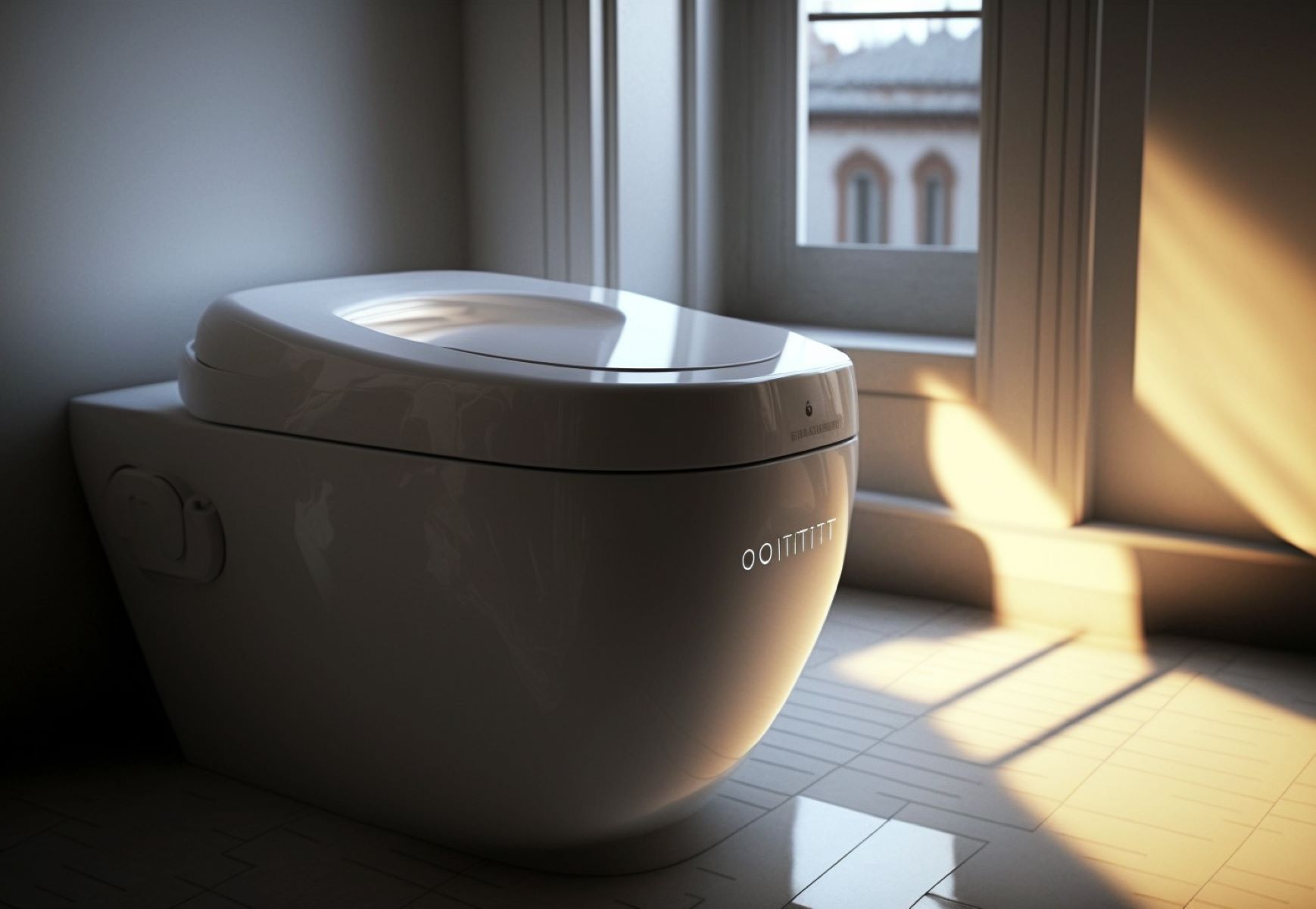
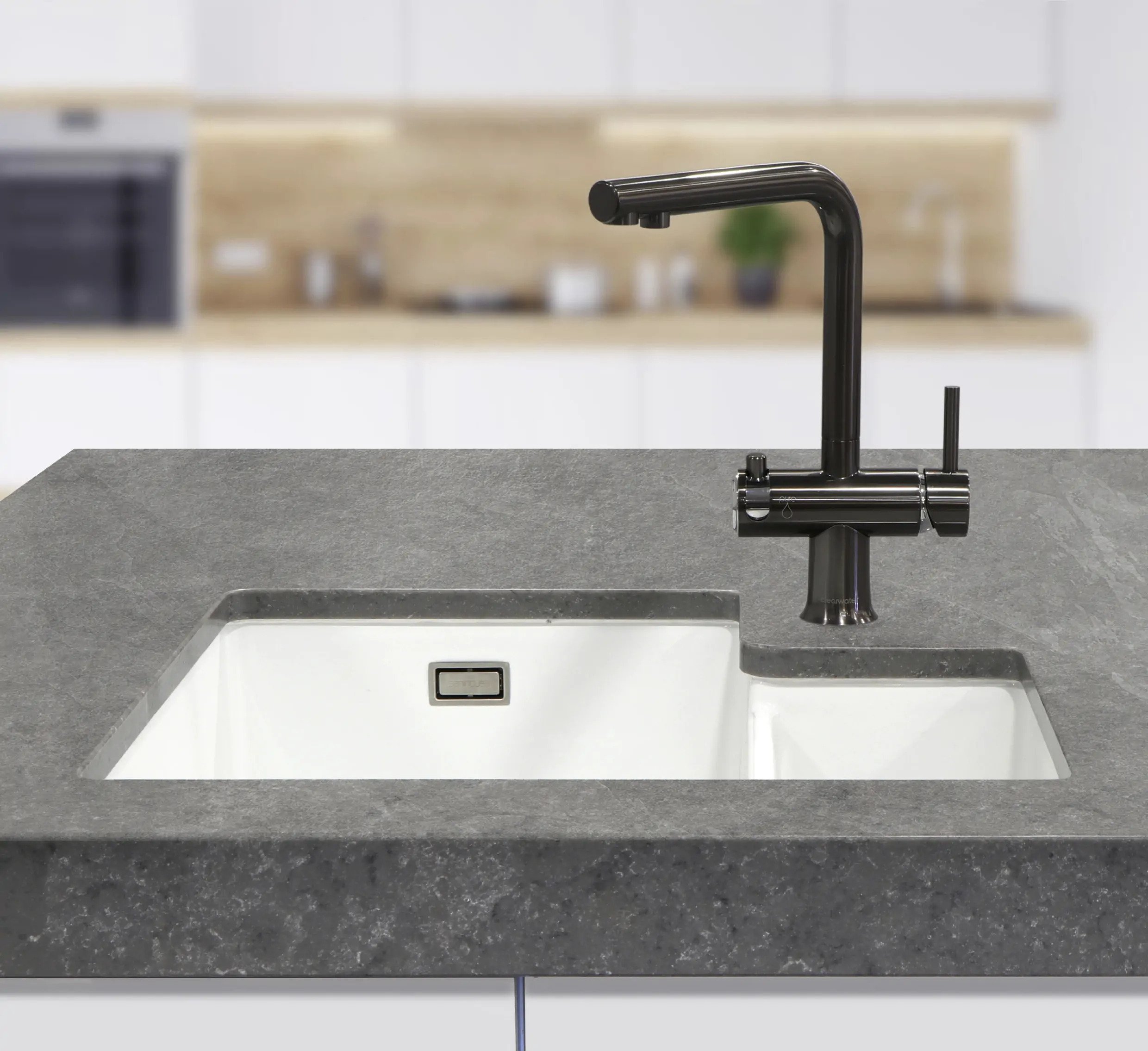
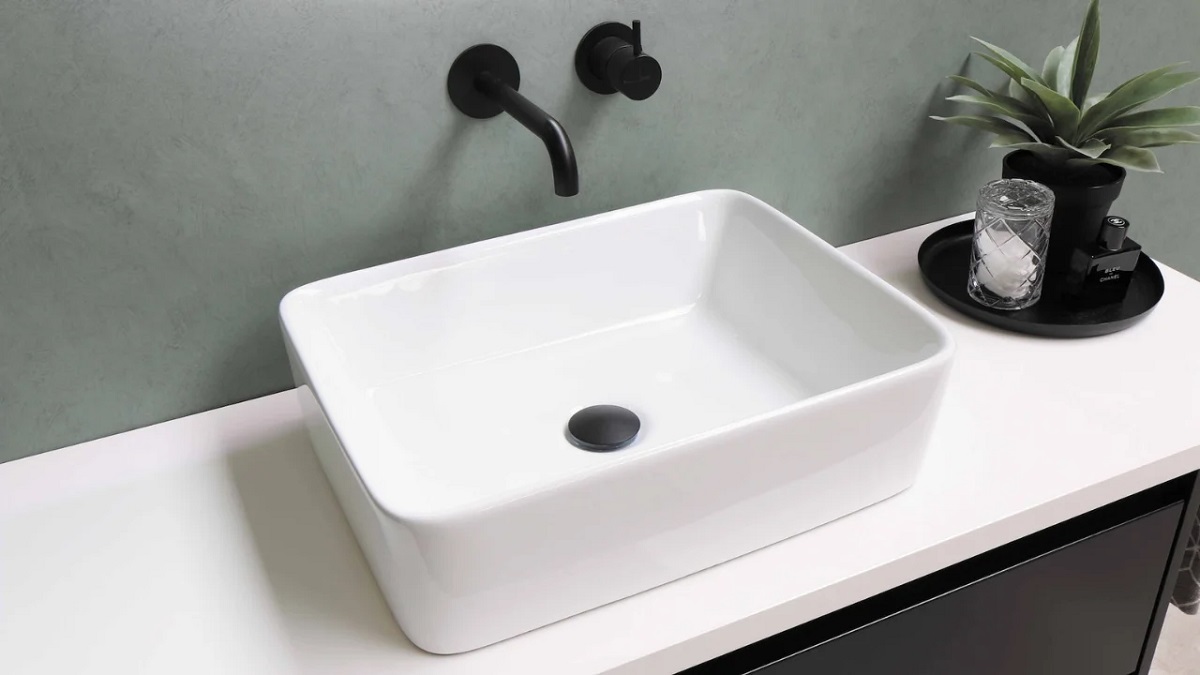
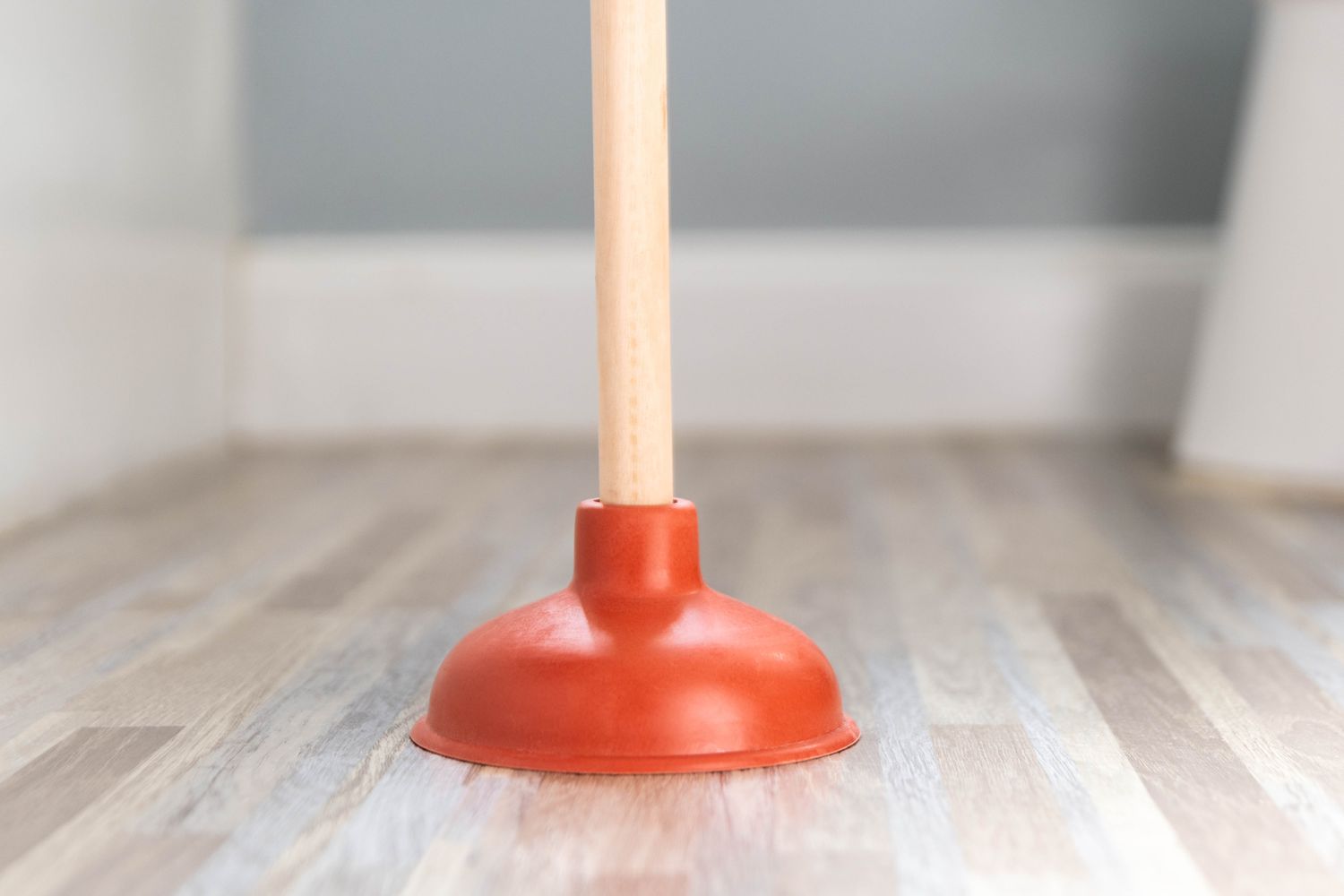
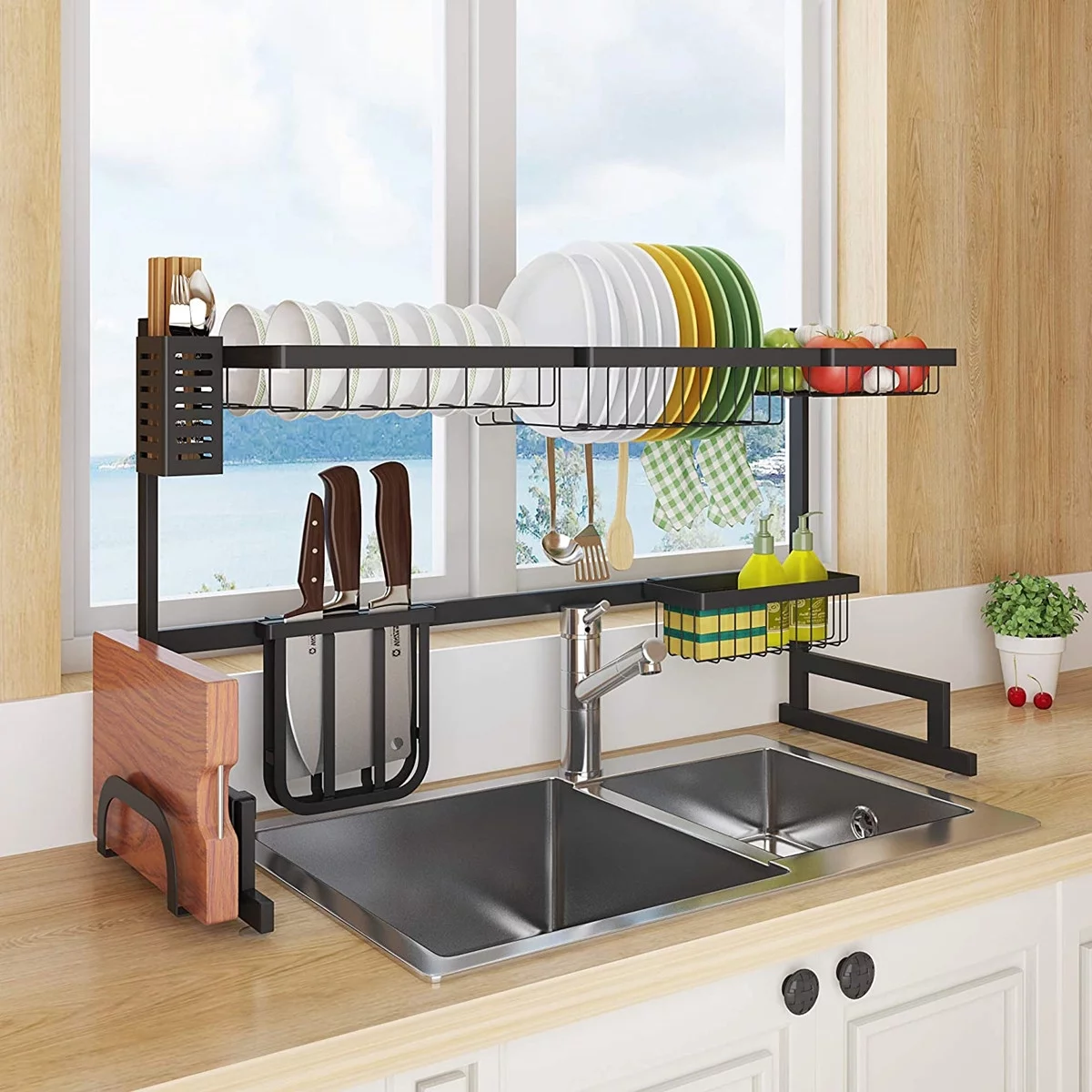
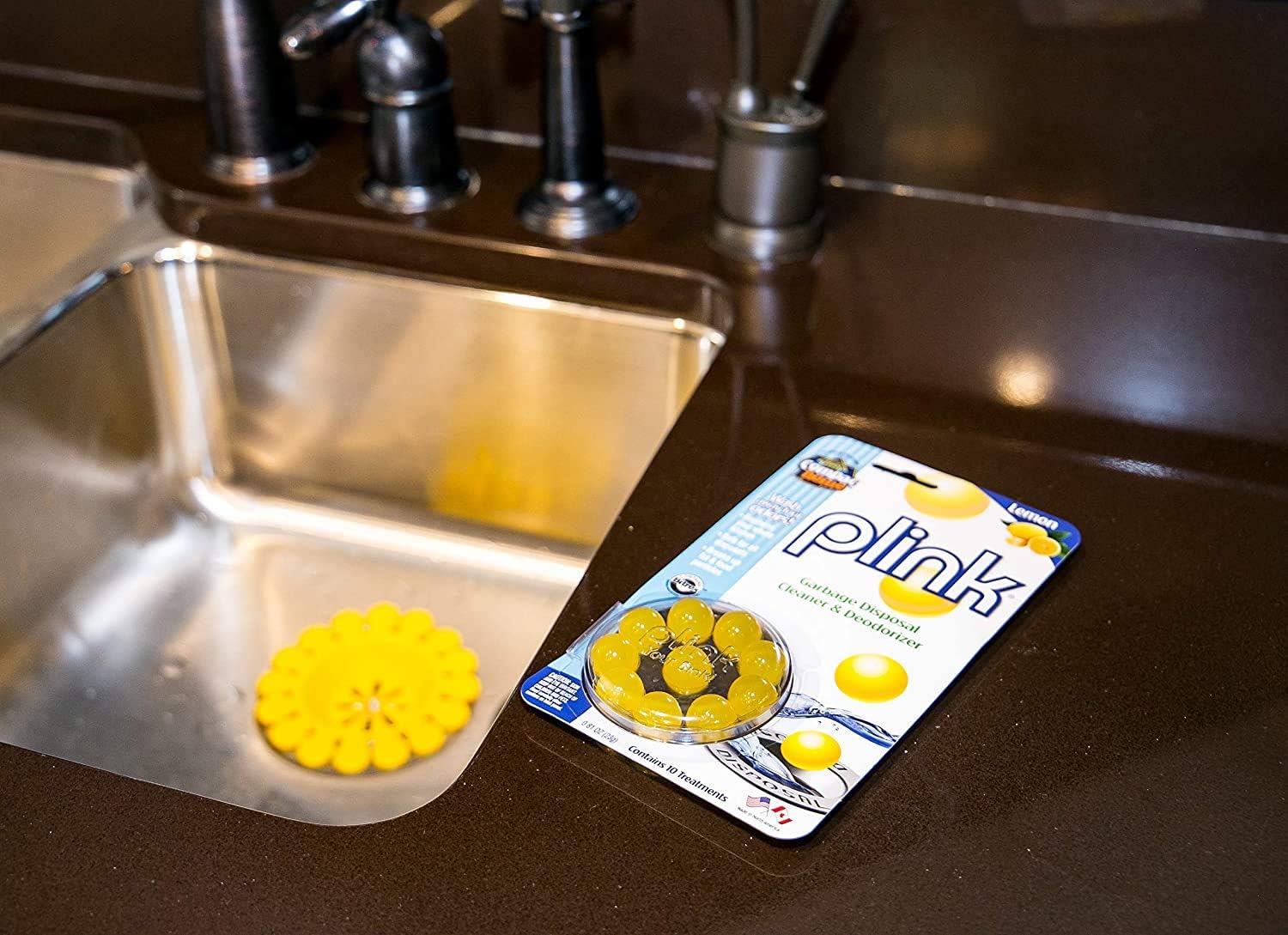
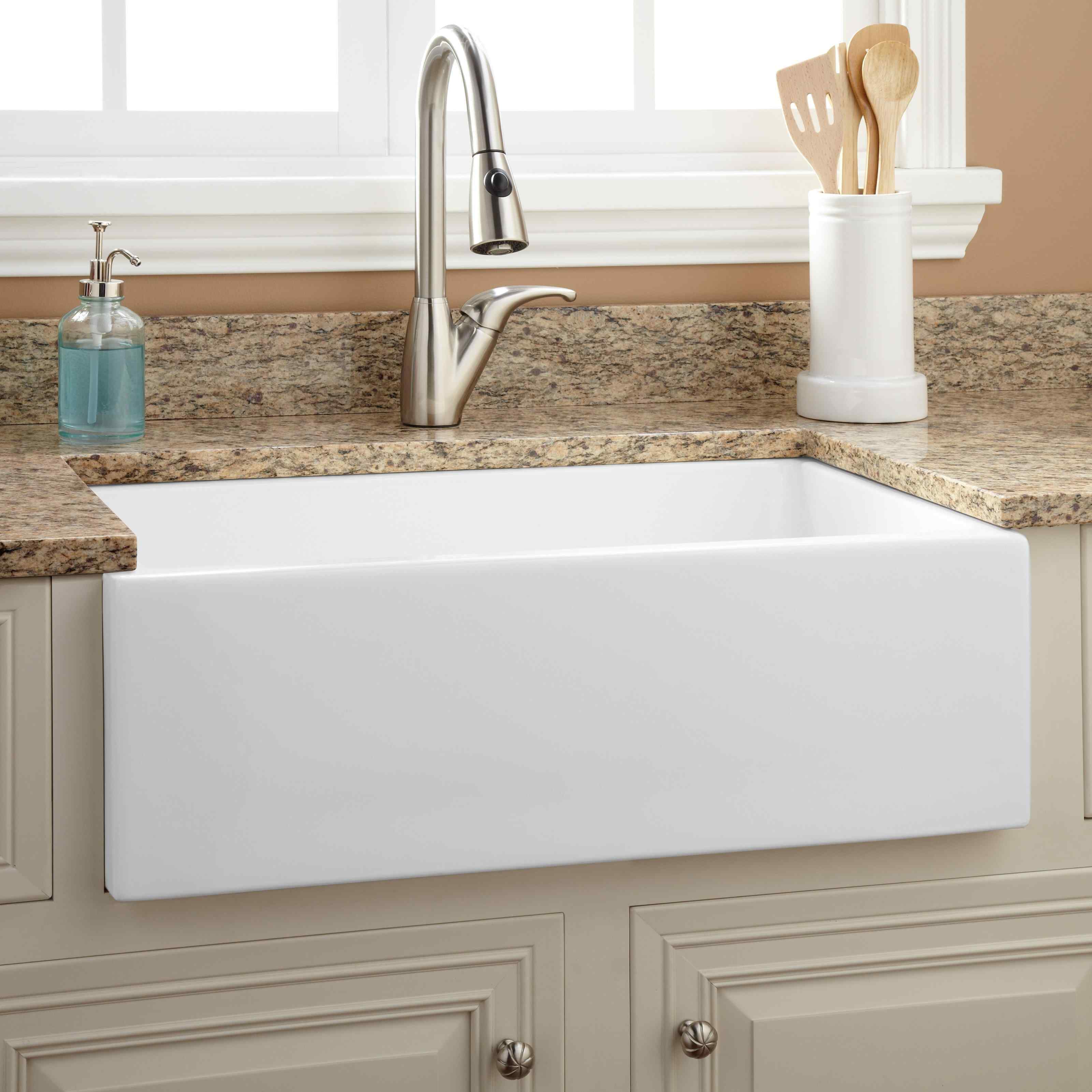
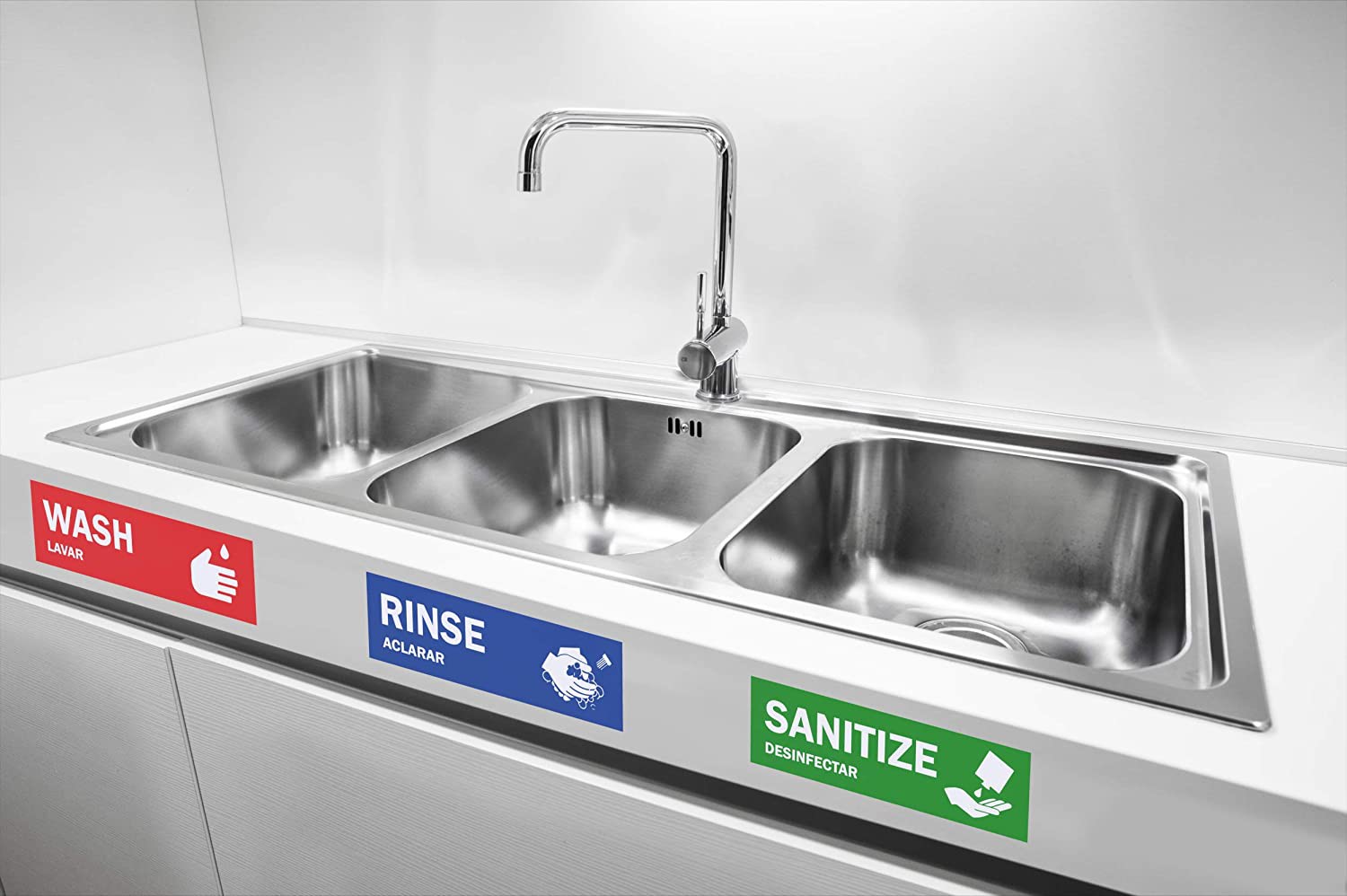
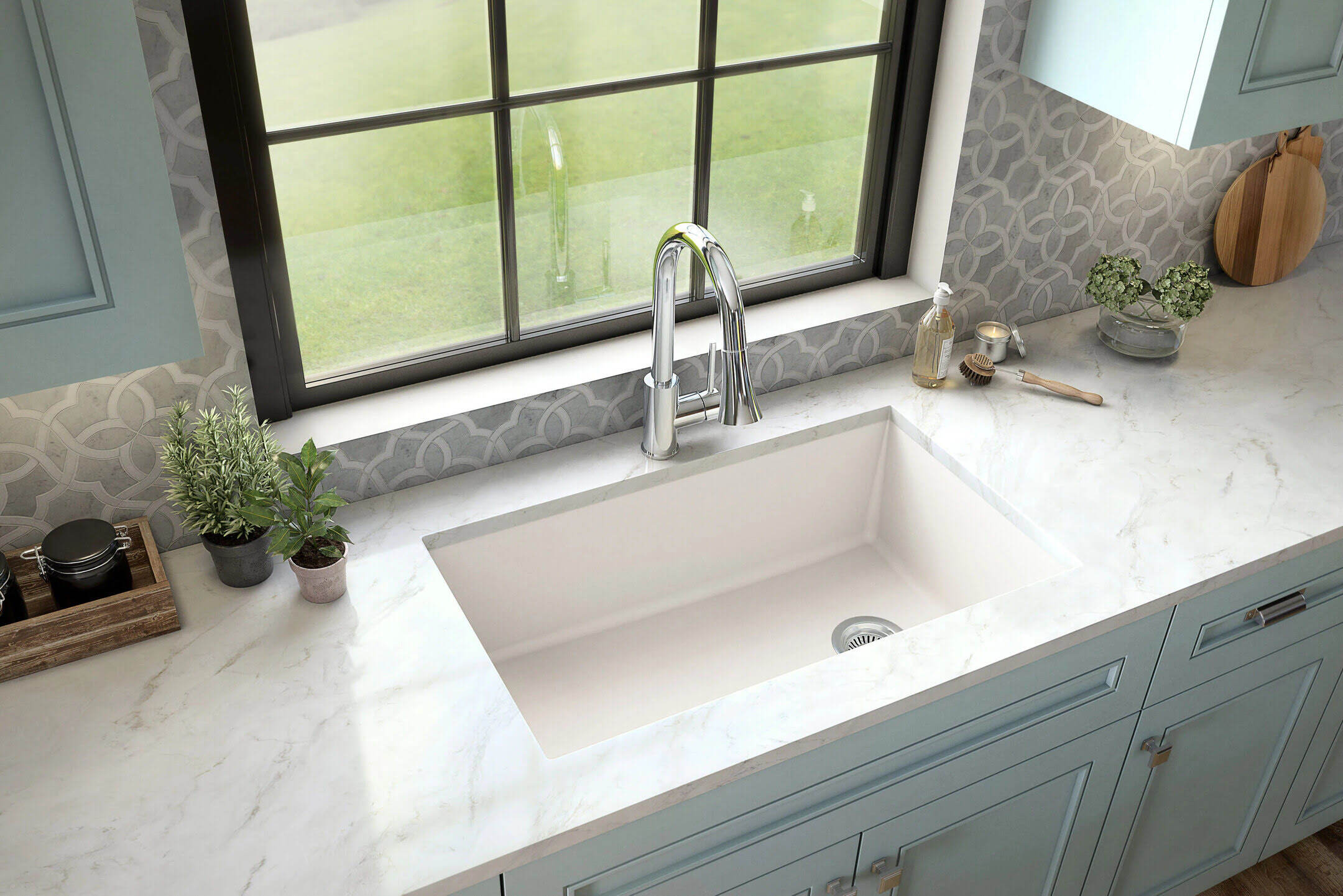
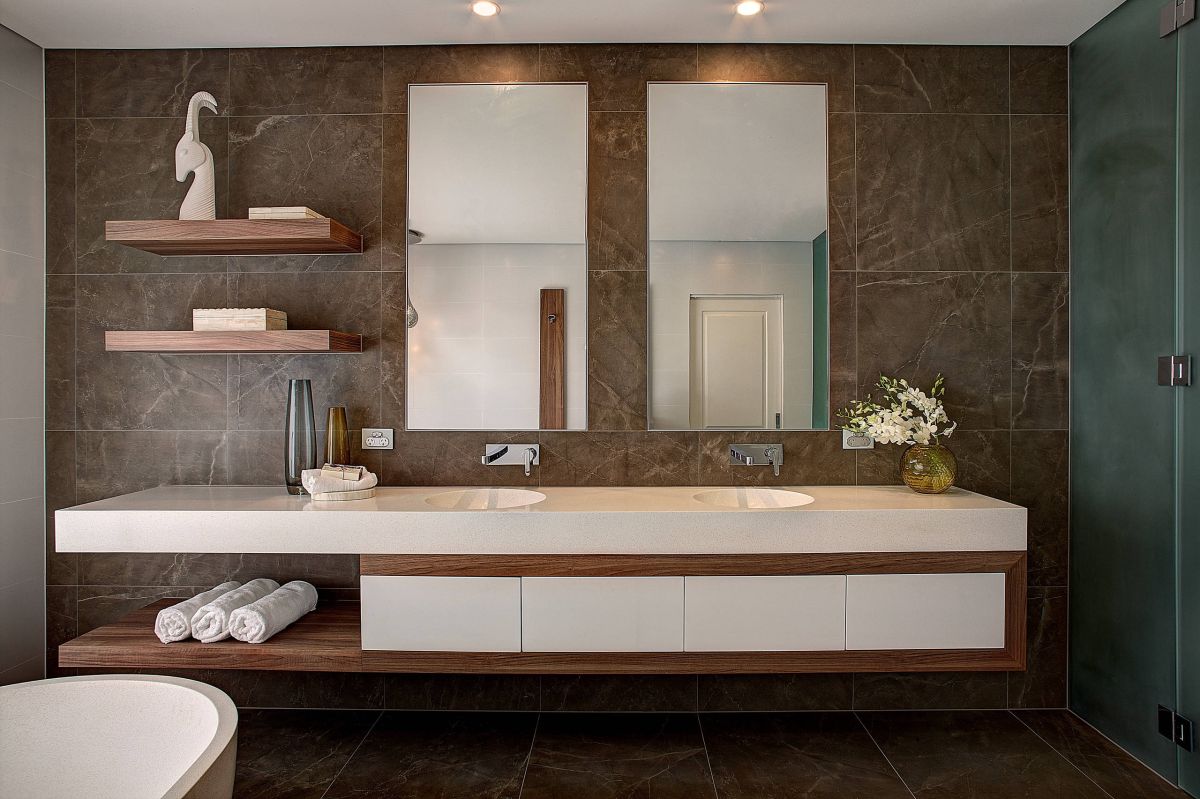

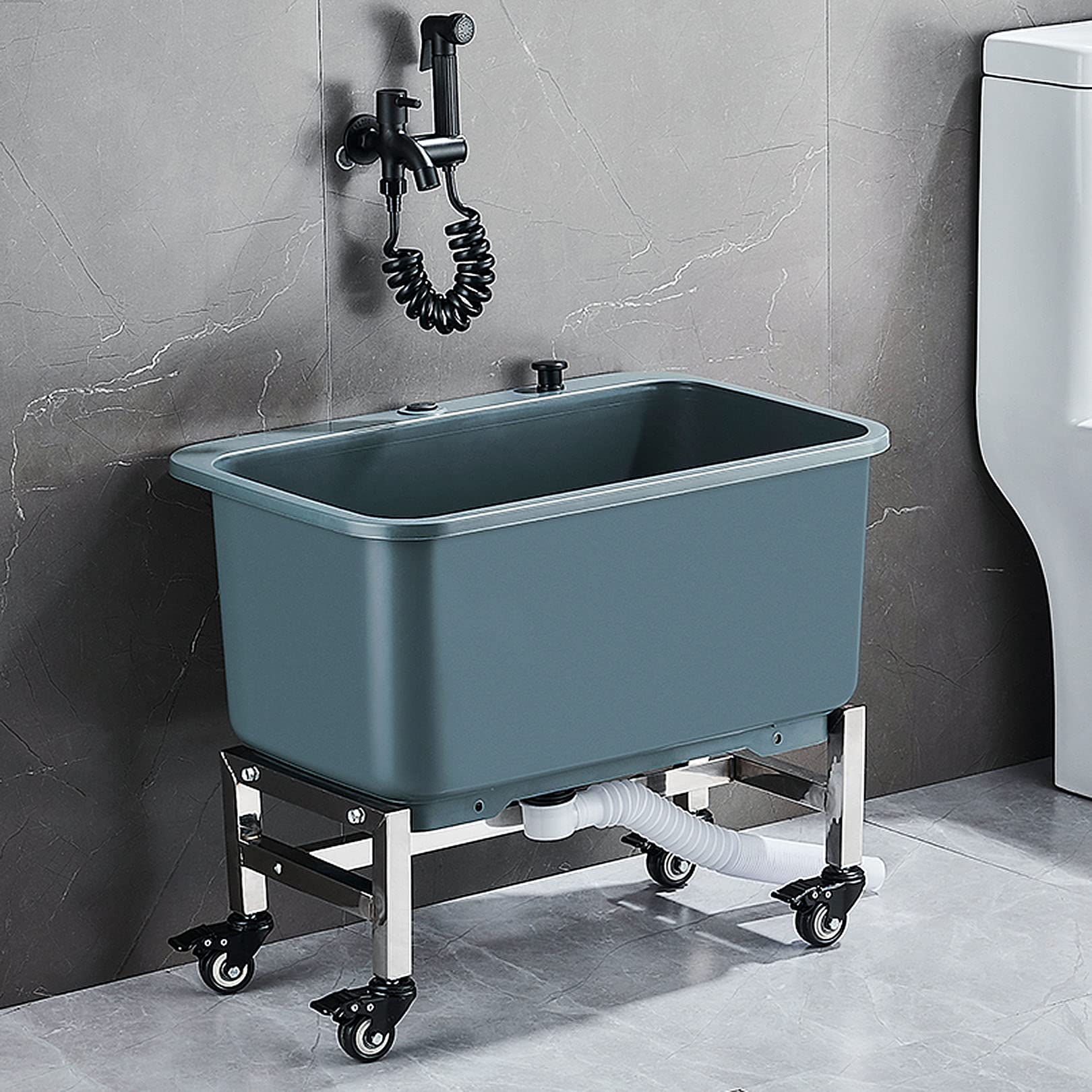
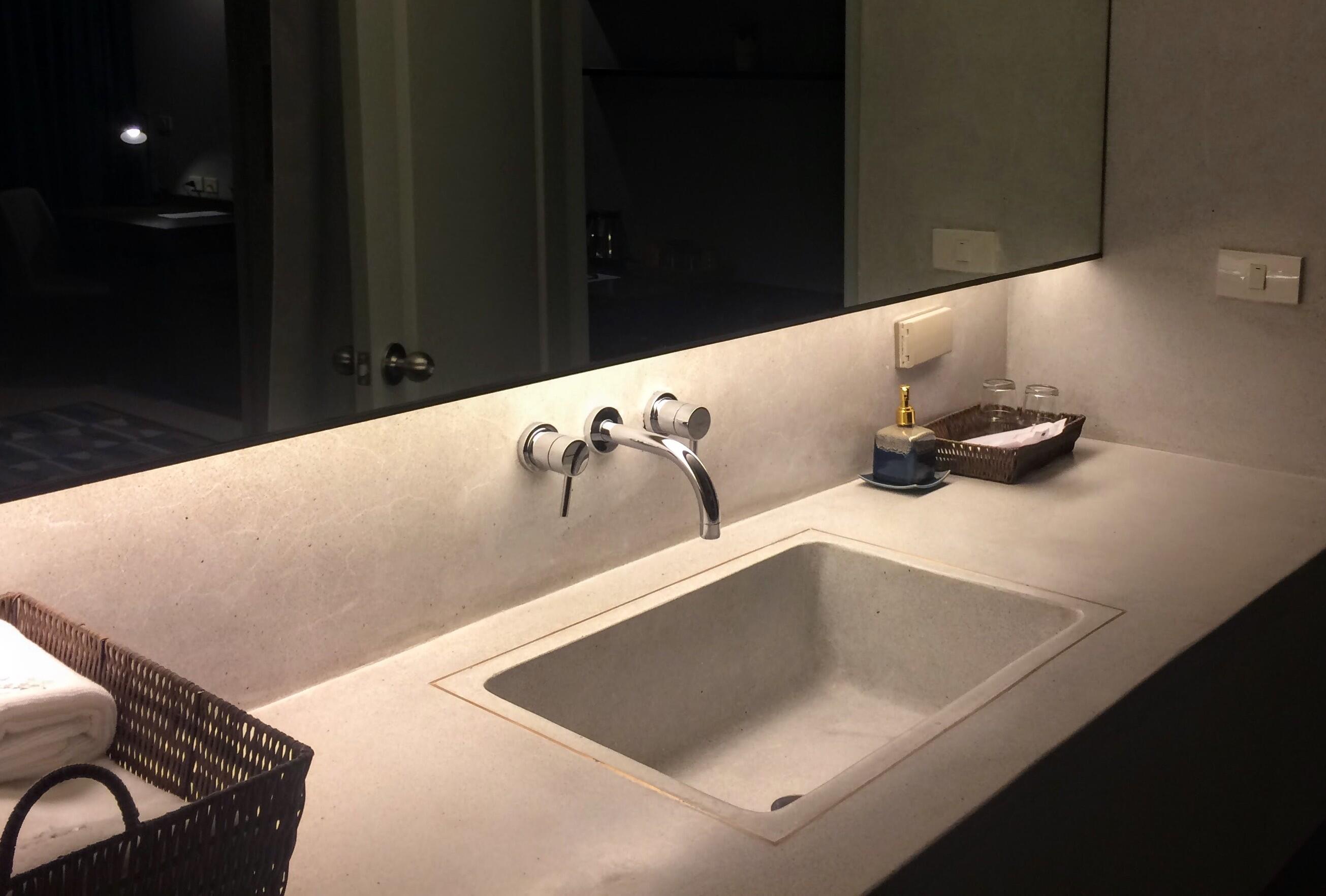

0 thoughts on “What Is A Dry Sink Used For”